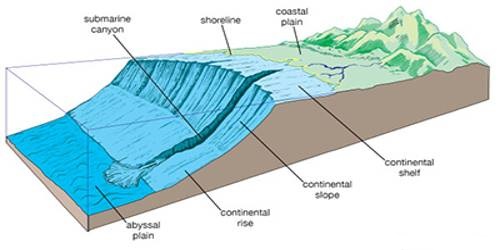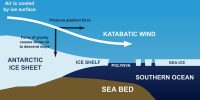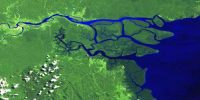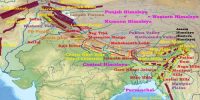Minor Relief Features of Ocean Water
Ocean relief is largely due to tectonic, volcanic, erosional and depositional processes and their interactions. Ocean relief features are divided into major and minor relief features.
Some minor but significant features predominate in different parts of the oceans. Ridges, Hills, Guyots, Trenches, Canyons, Fracture zones, Island arcs, Coral reefs, Submerged volcanoes and Sea-scarps etc. are Minor Relief Features.
Mid-Oceanic Ridges
A mid-oceanic ridge is composed of two chains of mountains separated by a large depression. The mountain ranges can have peaked as high as 2,500 m and some even reach above the ocean’s surface. Iceland, a part of the mid-Atlantic Ridge, is an example.
Seamount
It is a mountain with pointed summits, rising from the seafloor that does not reach the surface of the ocean. Seamounts are volcanic in origin. These can be 3,000-4,500 m tall. The Emperor seamount, an extension of the Hawaiian Islands in the Pacific Ocean, is a good example.
Submarine Canyons
These are deep valleys, some comparable to the Grand Canyon of the Colorado River. They are sometimes found cutting across the continental shelves and slopes, often extending from the mouths of large rivers. The Hudson Canyon is the best-known canyon in the world.
Guyots
It is a flat-topped seamount. They show evidence of gradual subsidence through stages to become flat-topped submerged mountains. It is estimated that more than 10,000 seamounts and guyots exist in the Pacific Ocean alone.
Atoll
These are low islands found in the tropical oceans consisting of coral reefs surrounding a central depression. It may be a part of the sea (lagoon), or sometimes form enclosing a body of fresh, brackish, or highly saline water.















